Travel Photography: The Photos
This post is part 2 of the Travel Photography series - The Cameras, Photos and Experience.
Many photos can be taken during a trip. Every building, tree, person, sky, sea, food, clutter and scene can be photographed. Even if digital camera and large capacity storage, not everything should be photographed, as both storage and time will run out very quickly.
In the old days when film photography were prevalent, the number of photos that can be taken was limited to the number of film rolls brought along by the traveler. Most photos feature the traveler standing in front of a tourist photo spot, posing stiffly, to serve as proof of one who's been to this particular place.
With modern technology, it's not difficult to shoot thousands of photo from a trip. In fact, that is what happened in my past trips. However, equipped with the camera listed out from the last post, I was able to shoot a variety of photos.
Wide angle photo
I call this wide photo stage 1; Stage 2 is panorama, and stage 3 is 360 photo. Wide angle photo is the one of the most versatile kinds of photo. If I can only bring a fixed focal length lens to a trip, I would opt for a wide angle lens because it can capture more in one shot.
My Fujinon XF 18-55mm lens can shoot photo at 27mm full-frame equivalent on Fujifilm XT-20. At 3:2 ratio, it captures a lot of information with little distortion for distant subjects.
This focal length is actually very wide, it captures information beyond the range of I can focus with my eyes at a time. Wide angle photo provides the context to viewers that my brain subconsciously embed into my understanding of the surroundings, and therefore can truthfully represent a scene to a viewer strange to the place.
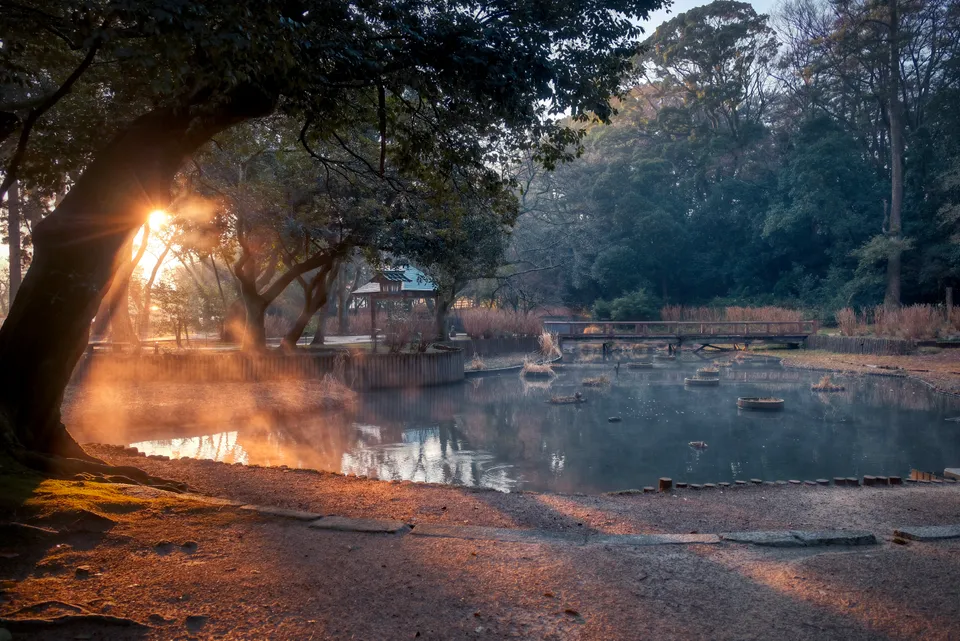
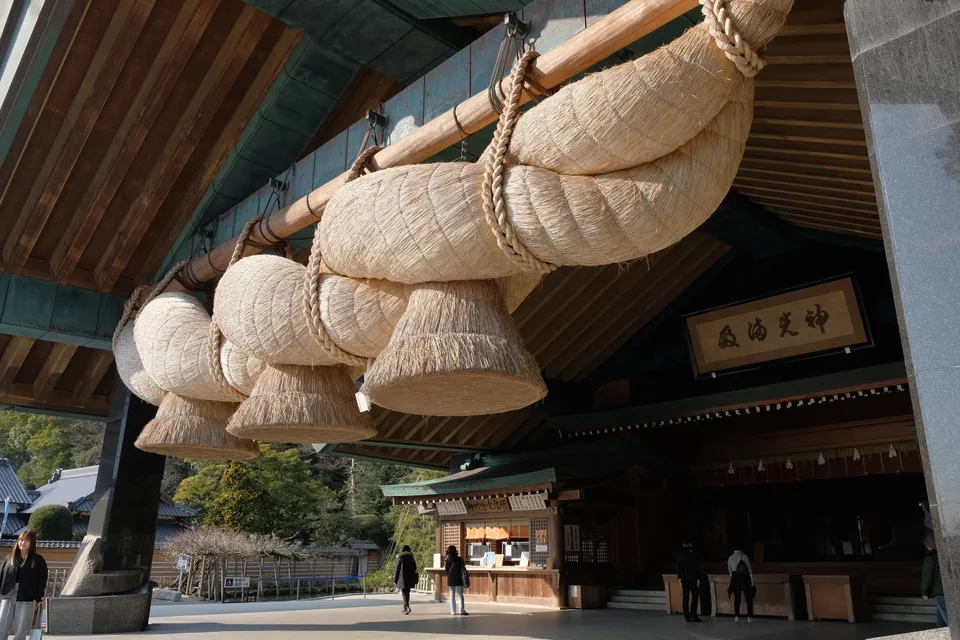
Meanwhile Olympus XA2 is 35mm, slightly longer than XT-20, but is not nearly tele yet. This helps especially at indoor scenes when I wanted to capture say a room radiating a showa era vibe. Well, partially, as this lens is not wide enough.
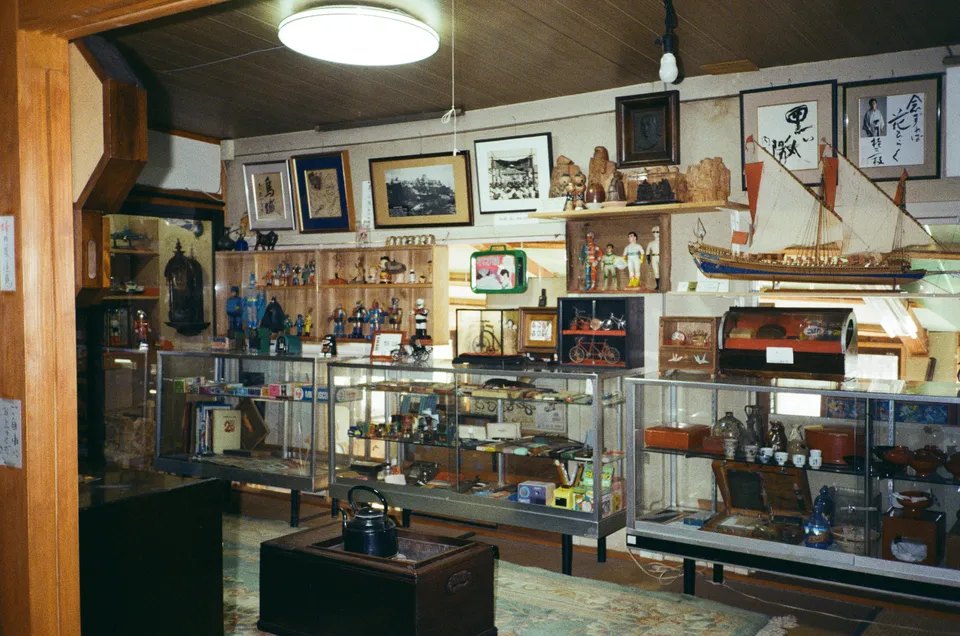
Tele photo
For more details on a subject, or macro, or more bokeh I'd need to shoot tele, basically to "zoom in".
Interesting subjects may be unreachable or simply too far away to walk towards. Say, the bird, it knows I am nearby and if I got any closer it'd have flown away. Or the thick Shimenawa in Izumo-taisha, I needed to zoom in to photography it in details.
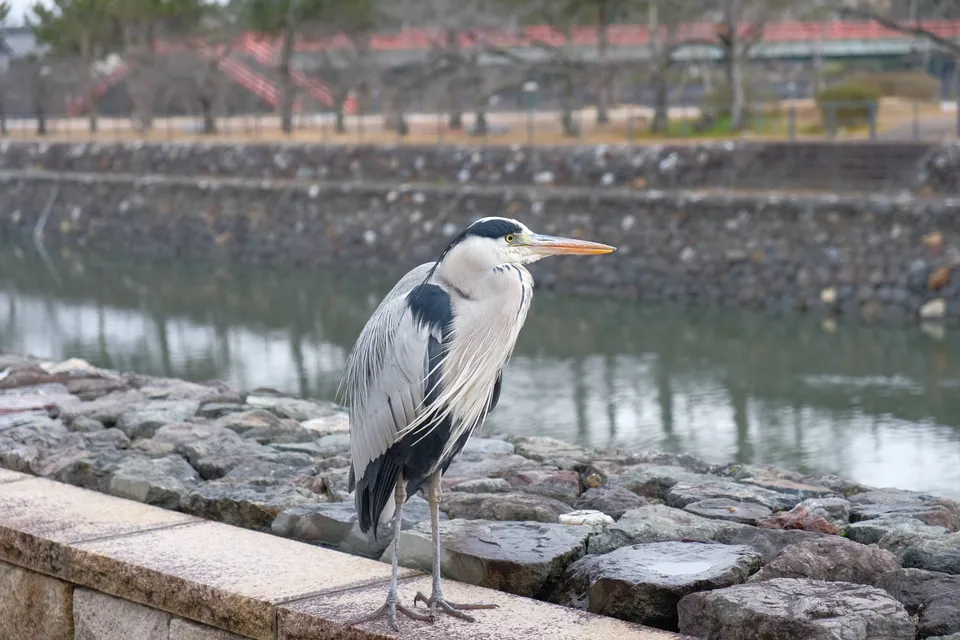
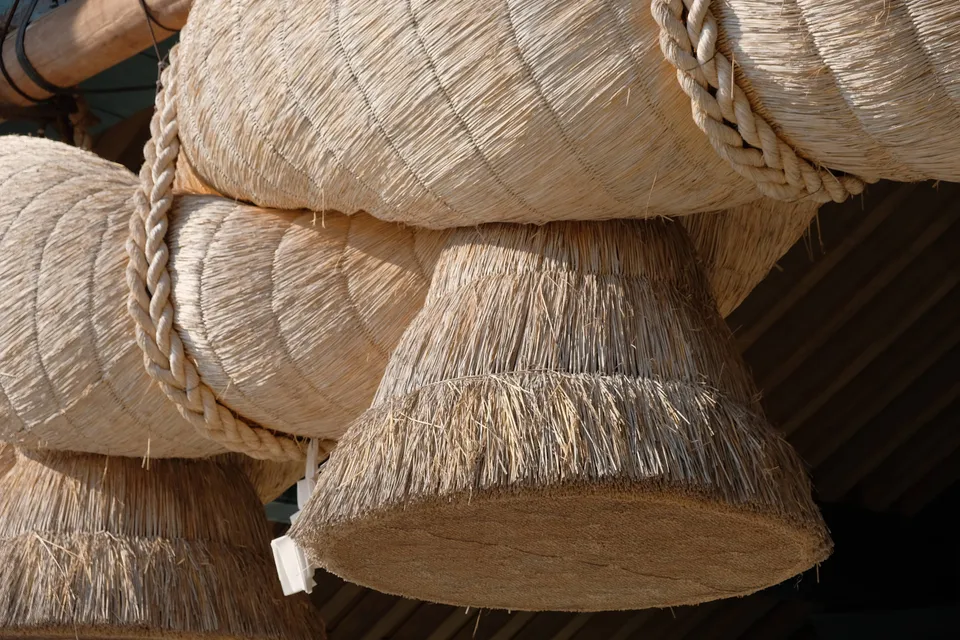
Tele not only can capture far object, but also close objects. My lens has a minimum focusing distance of 30 cm. To get more reach to an object at close distance, I needed to zoom in. Effectively shooting macro (close-up) photos of typically small objects such as flowers.
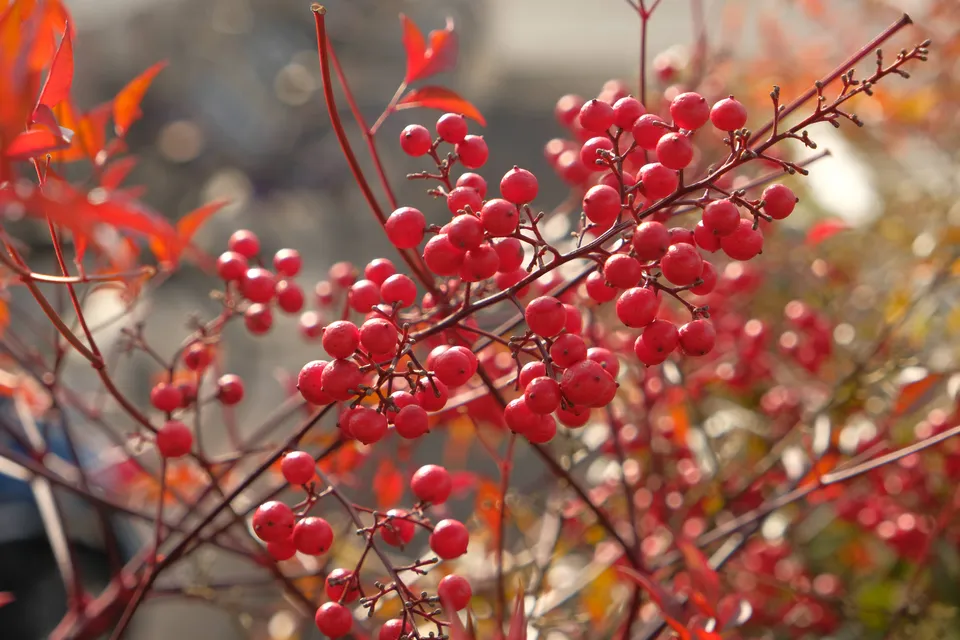
Zoomed in image also get more background blur. At 55mm f/4, the background blur actually is more apparent than 18mm f/2.8 despite the common belief that larger aperture = more bokeh (while true, it's a simplified comparison used only for same focal length).
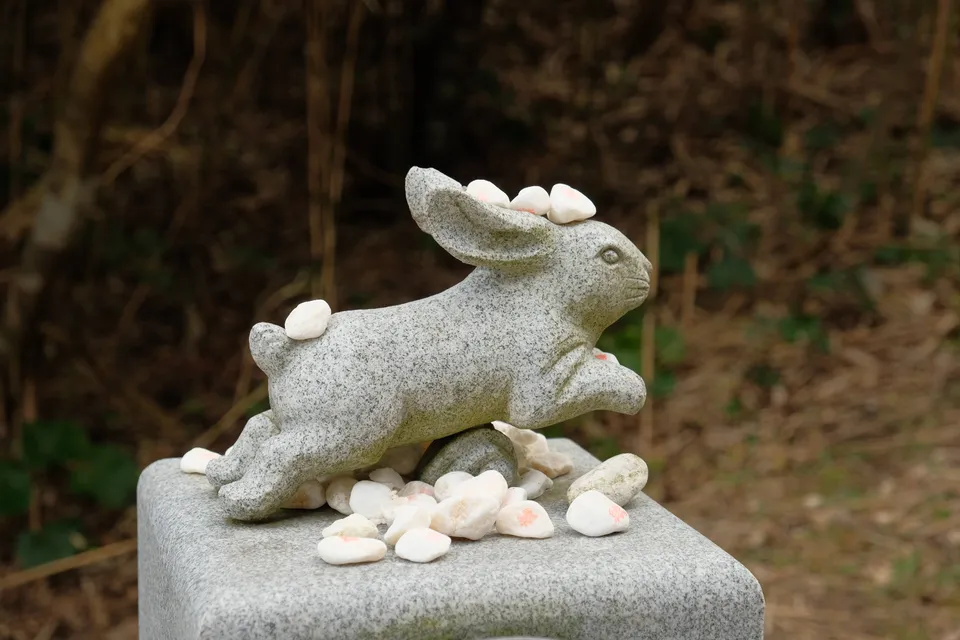
I did complain about not having enough reach when shooting distant subjects with only 55mm (82.5mm full-frame equivalent) on the long end of my zoom lens, subjects far away may still look tiny on the photo. But I wouldn't really bring a bulky 300mm lens to travel with me (unless, it's not bulky…).
RAW
Fujifilm XT-20 is able to post-process the RAW files shot from the camera, to apply film simulation, adjust white balance and exposure compensation. These are possible within the camera only if shooting with RAW file. Compared to JPG file, RAW files uses 4 times more storage, but are very useful in fixing errors made when a photo was shot in haste.
When I was shooting photo in Itsukushima shrine I used a wrong white balance setting, and I was able to easily generate JPG with another white balance setting directly from the camera.
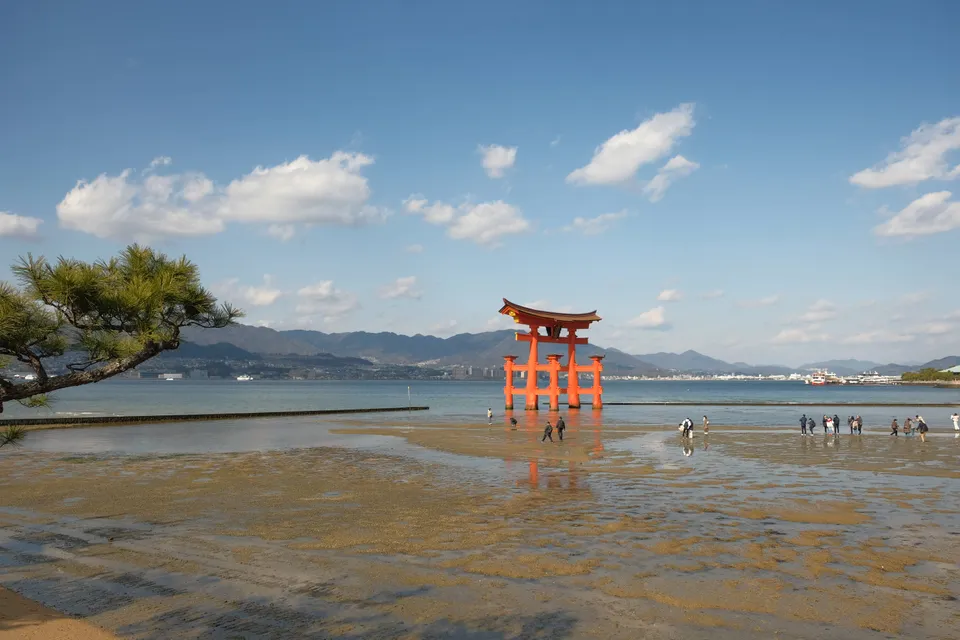
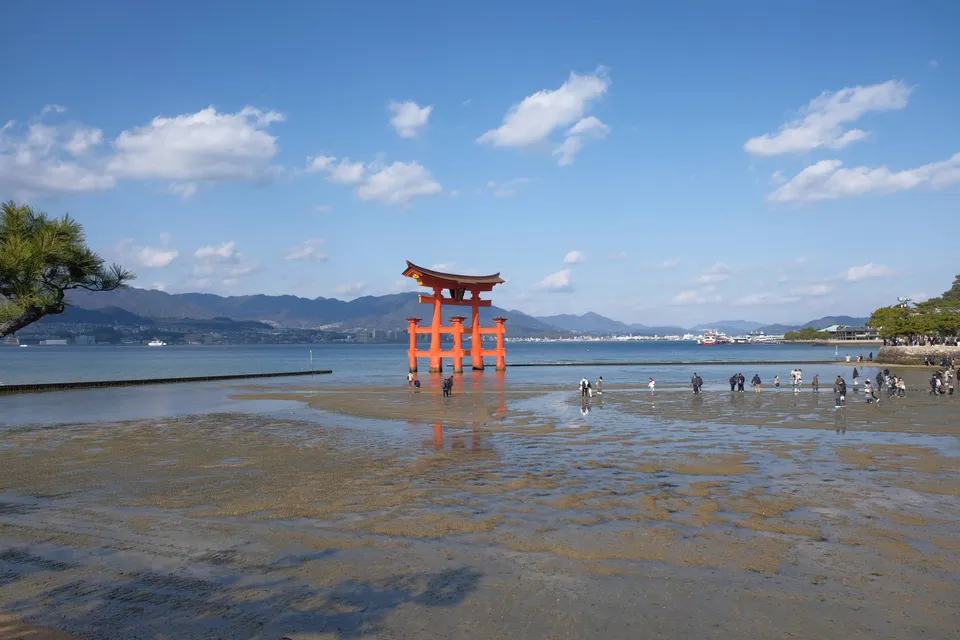
When stitching photos into panorama, the ability of RAW to capture a wider dynamic range than JPG also helps to counter the difference in exposure values in different parts of a panoramic photo.

HDR
During sunrise and sunset times, digital camera still struggle to capture the full dynamic range of the scene. Fujifilm XT-20 is able to bracket shots with +/-EVs, and by importing the bracketed shots into post-processing software, both shadow and highlight details can be recovered from different shots and crammed into the same image.
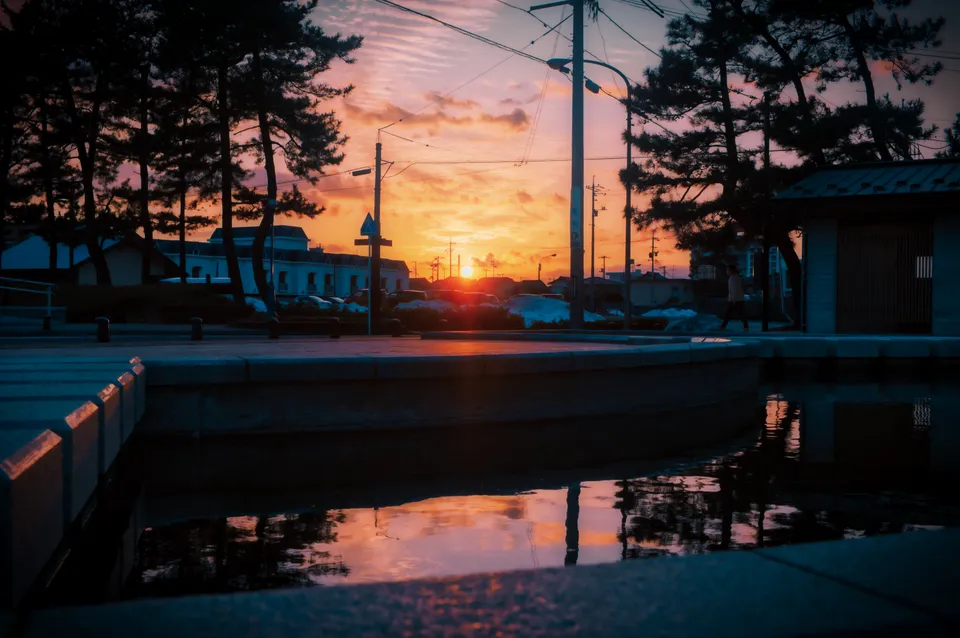
However HDR isn't perfect. As bracketing is done by shooting multiple shots in quick succession, so when shooting moving objects, ghosting will appear in the resultant image.

HDR software nowadays are able to de-ghost image for non-complex scene. Like in the image below, where it's able to de-ghost the moving waves, and create a proper HDR image.
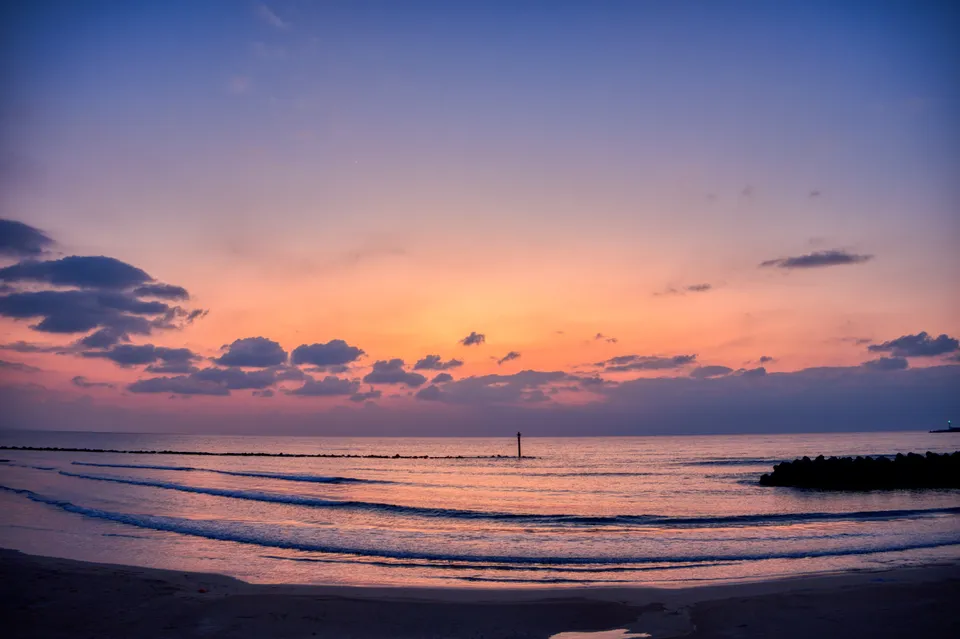
Panorama
My phone, Fujifilm XT-20 and Insta360 One X2 are able to shoot panorama.
The phone one is quite bad, any slight vertical offset will reflect on the resultant image. Insta360 One X2 can shoot panorama easily, but the image quality is bad.
Fujifilm XT-20 also has built-in feature to shoot panorama, and I was once able to create good panorama after trial and error.
By simply shooting multiple RAW photos of a scene, I am able to use Hugin to stich these photos into a proper panorama this time, and I am pleased with the results.



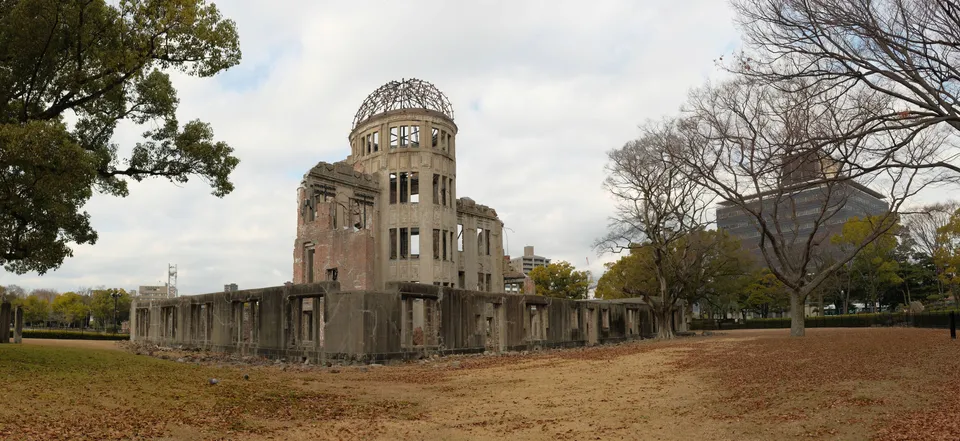
It's difficult to fish out the panorama sequence from the thousands of photos taken during a trip. Online tips mentioned taking a photo of my hand before the start of a sequence, which I think is a waste of storage. When laying out all the photos on a grid, despite a little effort is required, is still possible to spot the panorama sequences.
The biggest issue is with focusing and moving objects. When shooting panorama sequence of the sea, the constantly moving waves will show up with offsets in each frame, resulting in a discontinuous look. As each frame of a panorama sequences are taken in quick succession, some may become out of focus, making switching to manual focus after the first AF lock a necessity. Using smaller apreture also helps with vignetting and depth of field as panorama is usually shot on landscape.
360 Photo
With a long enough selfie-stick I found it quite easy to selfie with Insta360 One X2. To capture a proper panorama, this camera is still lacking in resolution.
It has been over a year after I have purchased this camera, I still don't know how to properly use this camera. Selfie is just one way of using this camera. Primarily, this is still a video camera, I just need to be sporty and get better in video editing.
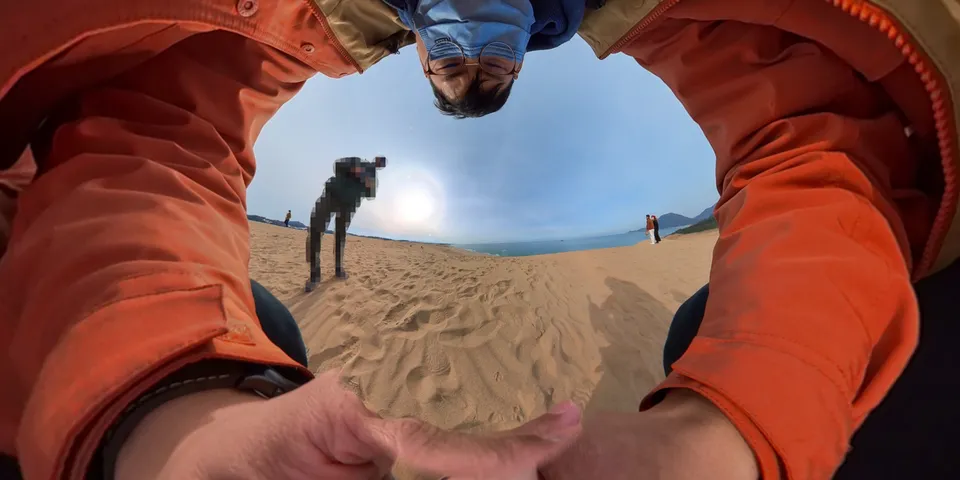
This never gets old though.
Film photo
Film photo can be anything, as long as it's shot on film. The reason I separate film photos from the other kinds of photos is because of how they are shot. I will explain more in the next post where it's the most suitable.
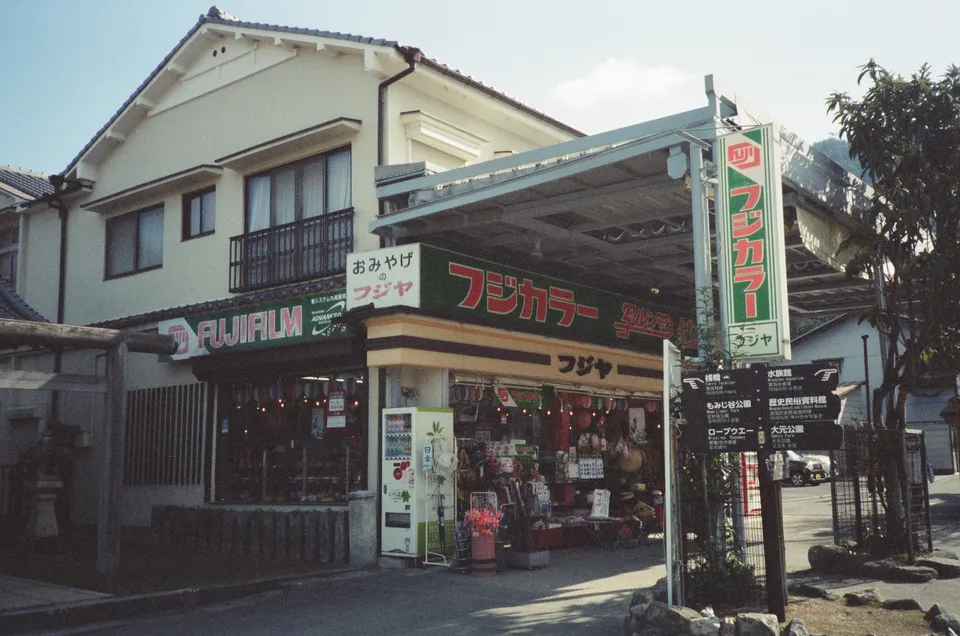
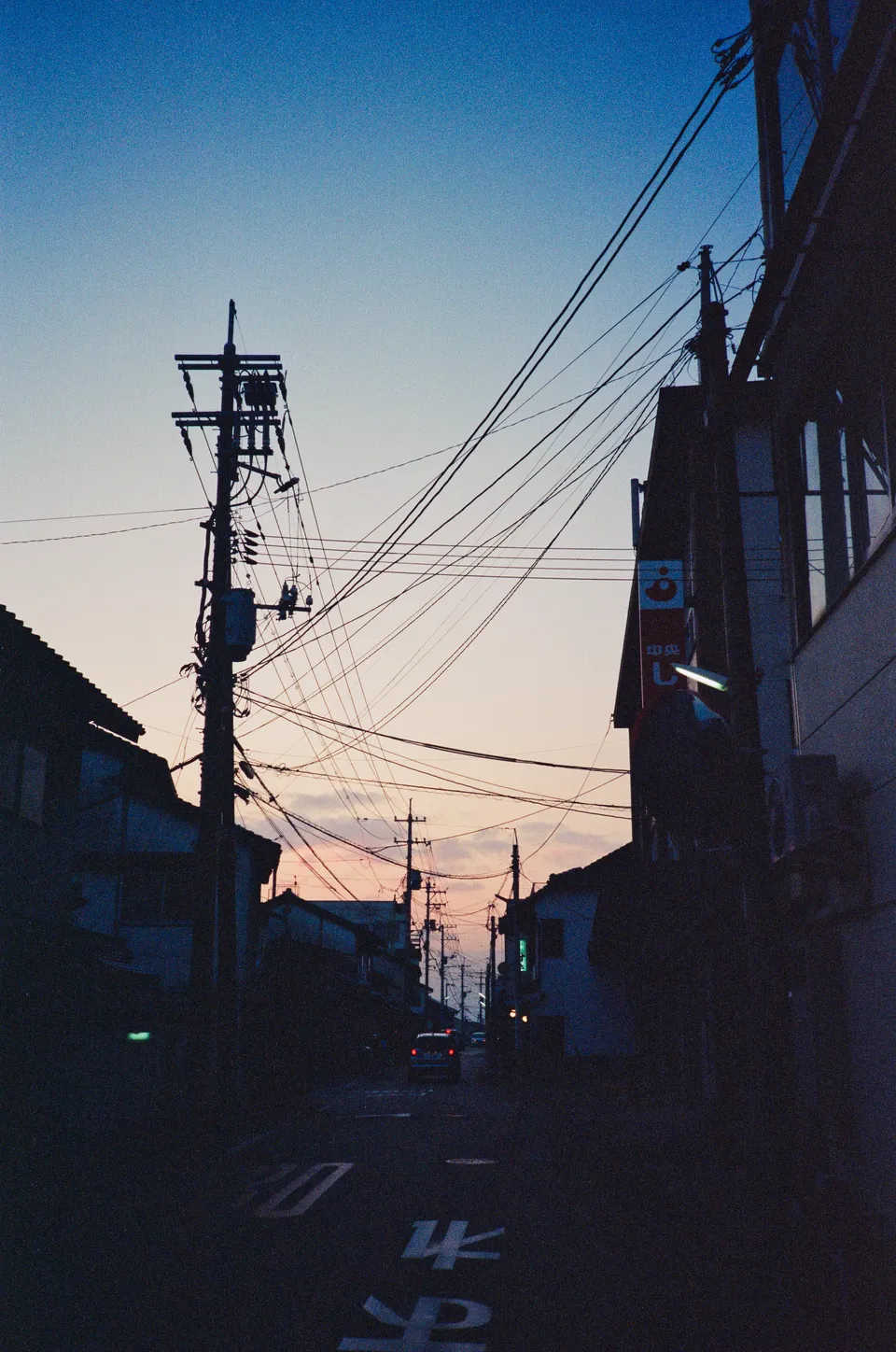
These are essentially what can be shot using the cameras I have brought. As for how to enhance the travel experience via photography, see the next and last post of this series: The Experience.
